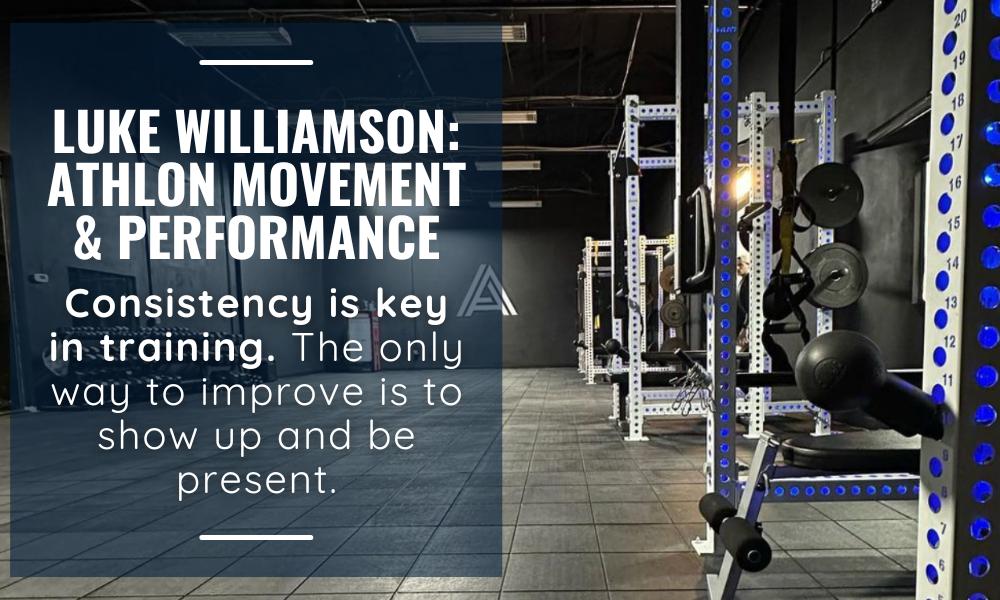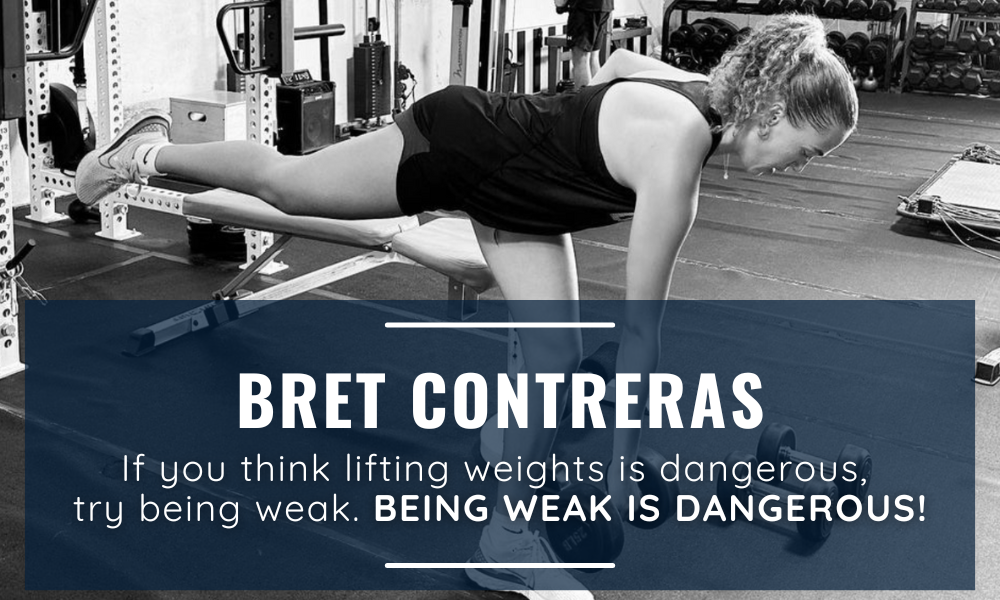In the world of youth sports, everyone wants to see their athletes thrive — whether it’s hitting a home run, making the perfect throw, or sprinting to home plate. But as parents and coaches, we also want to make sure they’re safe and able to perform at their best without risking injury. That’s where strength training comes in.
It’s not just about building muscle or looking good in a uniform; it’s about creating a solid foundation that helps young athletes, specifically in baseball and softball, improve their performance and reduce their risk of injury. Let’s dive into why strength training is crucial for youth athletes and how it can make all the difference as they grow.

Strength Training for Growing Athletes: Injury Prevention and Performance Enhancement
Youth athletes are going through rapid changes, especially during those awkward growth spurts. Their bodies are working overtime, which can sometimes leave them more prone to injury. Strength training can provide the support they need by helping them develop strong muscles, tendons, and ligaments.
Here’s how strength training helps growing athletes:
- Builds strong muscles and joints: This extra strength stabilizes joints and reduces the risk of common injuries like sprains and strains.
- Protects against musculoskeletal injuries: Growth spurts can make athletes more susceptible to injuries like Osgood-Schlatter disease or stress fractures. Proper strength training helps offset these risks.
- Supports coordination and balance: As bodies grow, coordination can sometimes lag behind. Strength training helps athletes maintain control of their movements, which is essential in sports like baseball and softball.
Myth-busting:
Some parents worry about strength training for younger athletes, thinking it could damage growth plates. The truth? When supervised by qualified professionals, strength training is not only safe but incredibly beneficial. The key is proper guidance and technique!
Preventing Common Injuries in Youth Baseball and Softball with Strength Training
Baseball and softball are dynamic sports, but they also involve a lot of repetitive movements that can lead to overuse injuries. Think of all the throws, swings, and sprints on the field—without a strong foundation, the body can struggle to keep up.
Strength training helps prevent some of the most common injuries, including:
- Shoulder and elbow injuries: These are common in pitchers and frequent throwers. Building shoulder and arm strength helps reduce stress on these joints.
- Hamstring strains: Sprinting to steal a base? Hamstrings can be prone to injury, but strength training increases flexibility and strength, reducing the risk.
- Knee injuries: Strengthening the muscles around the knees helps stabilize these joints, preventing injuries like ACL tears.
By incorporating exercises that target specific areas of vulnerability (e.g., shoulder stabilization, core strength, leg power), athletes can perform at their best without worrying about sidelining injuries.
Enhancing Baseball and Softball Power Through Strength Training
We all want to see athletes hit harder, throw faster, and run quicker, right? Strength training isn’t just about injury prevention—it’s also a key factor in boosting athletic performance.
Here’s how:
- Increased hitting power: Stronger legs and a more powerful core equal more distance on those hits.
- Better throwing velocity: With proper shoulder and arm strength, pitchers and fielders can throw faster and more accurately.
- Faster sprint speed: Leg strength directly impacts speed, so athletes can round the bases faster and make those critical plays in the field.
Exercises like deadlifts, medicine ball throws, and squats are fantastic for building the explosive power needed for baseball and softball. By focusing on both upper and lower body strength, athletes create a balanced power base that supports them on the field.

Safe Strength Training Tips for Youth Athletes
Safety first! Youth athletes need to be guided carefully when it comes to strength training.
Here are a few key tips to ensure they get the most out of their training without risking injury:
- Work with a qualified professional: A coach or trainer with experience in youth strength training can ensure exercises are done with proper form and progression.
- Focus on form over weight: It’s important to build strength gradually. Technique should always come first, and weights should only be increased when form is perfect.
- Incorporate flexibility and mobility training: Stretching and mobility work go hand-in-hand with strength training to maintain flexibility, especially as muscles grow stronger.
- Warm up and cool down: Never skip these steps. Warm-ups prepare muscles and joints for action, while cool-downs help prevent soreness and improve recovery.
Strength Training for Long-Term Success in Baseball and Softball
Strength training doesn’t just help athletes today — it lays the foundation for future success.
Here’s how:
- Improves discipline: Sticking to a training routine helps athletes develop discipline and work ethic, two qualities that are critical for success at higher levels.
- Increases body awareness: Athletes learn how to control their bodies, improving their ability to adjust movements during a game.
- Builds mental toughness: The resilience that comes from strength training carries over to sports. It helps athletes push through tough moments, whether it’s a long practice or a challenging game.
Starting strength training early sets athletes up for long-term athletic careers, helping them transition more smoothly into high school, college, or even pro-level play.
Avoiding Common Mistakes in Youth Strength Training Programs
Even with all the benefits, there are still common mistakes that can derail a good strength training program.
Here are some to watch out for:
- Too much weight, too soon: Youth athletes should never be lifting heavy weights right off the bat. Progression is key.
- Neglecting core strength: A strong core is essential for stability and balance in baseball and softball, but it’s often overlooked.
- Skipping recovery: Rest is just as important as training. Overworking muscles can lead to injury, so make sure athletes are taking recovery days seriously.
By keeping these potential pitfalls in mind, you can ensure that youth athletes get the most out of their strength training while staying safe.
Strength training for youth athletes in baseball and softball is essential. It not only builds power and improves performance but also plays a major role in preventing injuries. For parents and coaches, investing in a proper strength training program, one that’s guided by professionals and focused on the needs of growing athletes, will ensure that your athlete has the foundation they need for long-term success. Whether you’re looking to build power, prevent injuries, or prepare for future competition, strength training should be a non-negotiable part of every young athlete’s routine.
